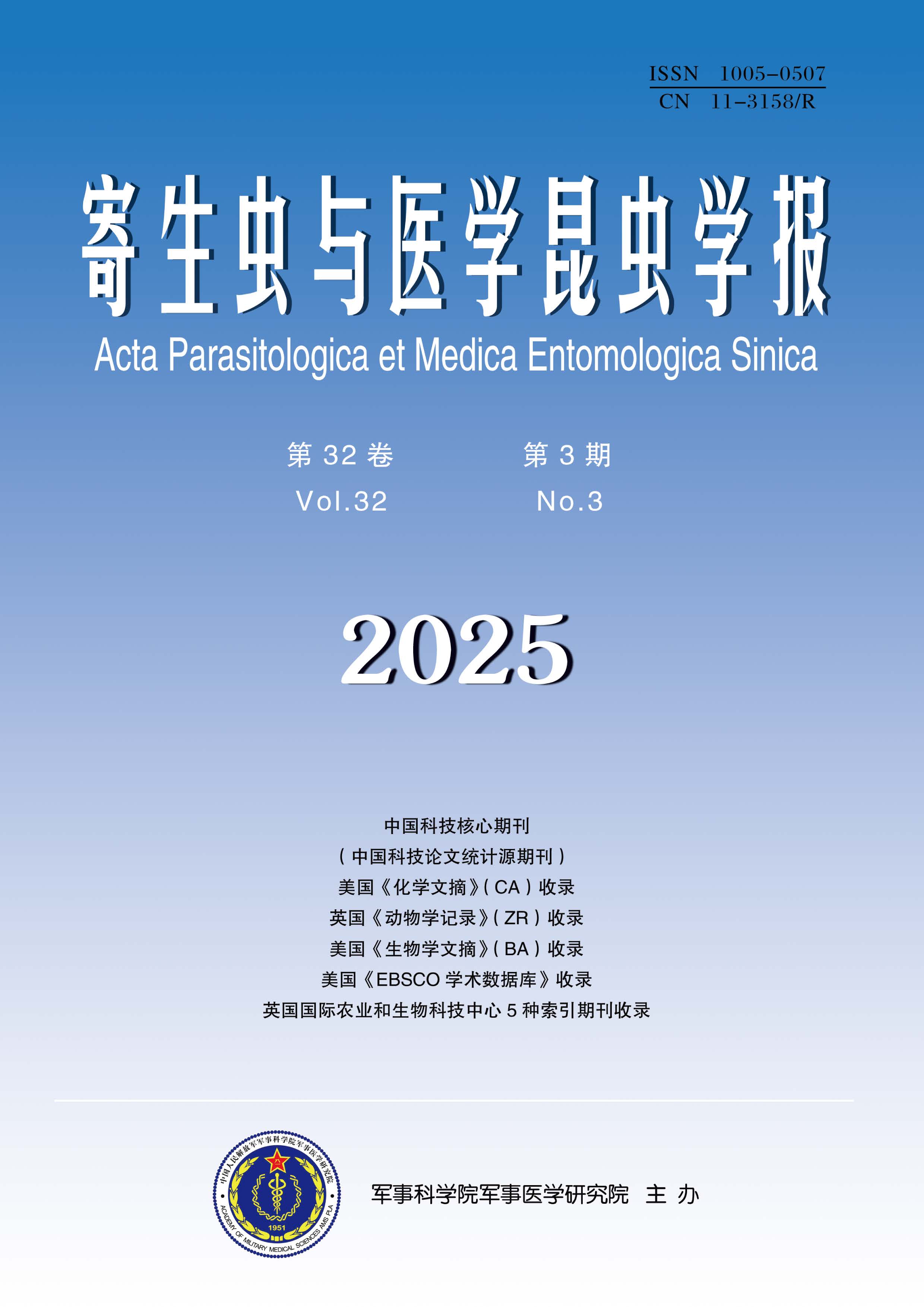ZHOU Yang, LI Man-jin, CHENG Jin, ZOU Ya-ming, ZHU Ding, LAN Ce-jie, SHEN Yuan
Objective Aedes albopictus is the primary vector of the dengue virus. Screening and the analysis of immune-related genes in DENV2-infected Ae. albopictus provides a scientific basis for further research on blocking the extrinsic incubation period of the dengue virus. Methods Through the approach of literature mining, thirty-three potential immune-related genes were screened from species such as Aedes aegypti and Anopheles gambiae, which have a close genetic relationship with Ae. albopictus. The protein—protein interaction (PPI) analysis is employed to explore the interaction relationship of the proteins encoded by genes. The alterations in mRNA expression levels of the relevant genes in DENV2-infected Ae. albopictus midgut were detected using the qRT-PCR method. Results The PPI results indicates that TLR and Spz of Ae. albopictus; Rel1, Rel2, DefC, Spz, PIWI, Ago2, DOME and HOP of Ae. aegypti; and Rel1, Rel2, CACT, STAT and DOME of An. gambiae exhibit PPI relationships. After Ae. albopictus was infected with DENV2, 10 genes showed significant difference in expression. Ago3 (7.39, P < 0.05), DOMEa (1.63, P < 0.01), DOMEb (21.29, P < 0.001), and TLRb (1.61, P < 0.05) were significantly up-regulated. Rel1 (0.62, P < 0.001), CACTl (0.65, P < 0.001), Rel2a (0.65, P < 0.01), Rel2b (0.24, P < 0.001), GATAa (0.64, P < 0.01) and DefC (0.28, P < 0.05) were significantly down-regulated. Conclusions The concordance of Ae. albopictus with Ae. aegypti was higher than that with An. gambiae. DOMEb, Ago3, Rel2b and DefC, can serve as the preferred target genes for subsequent studies on DENV2 immune blockade.
